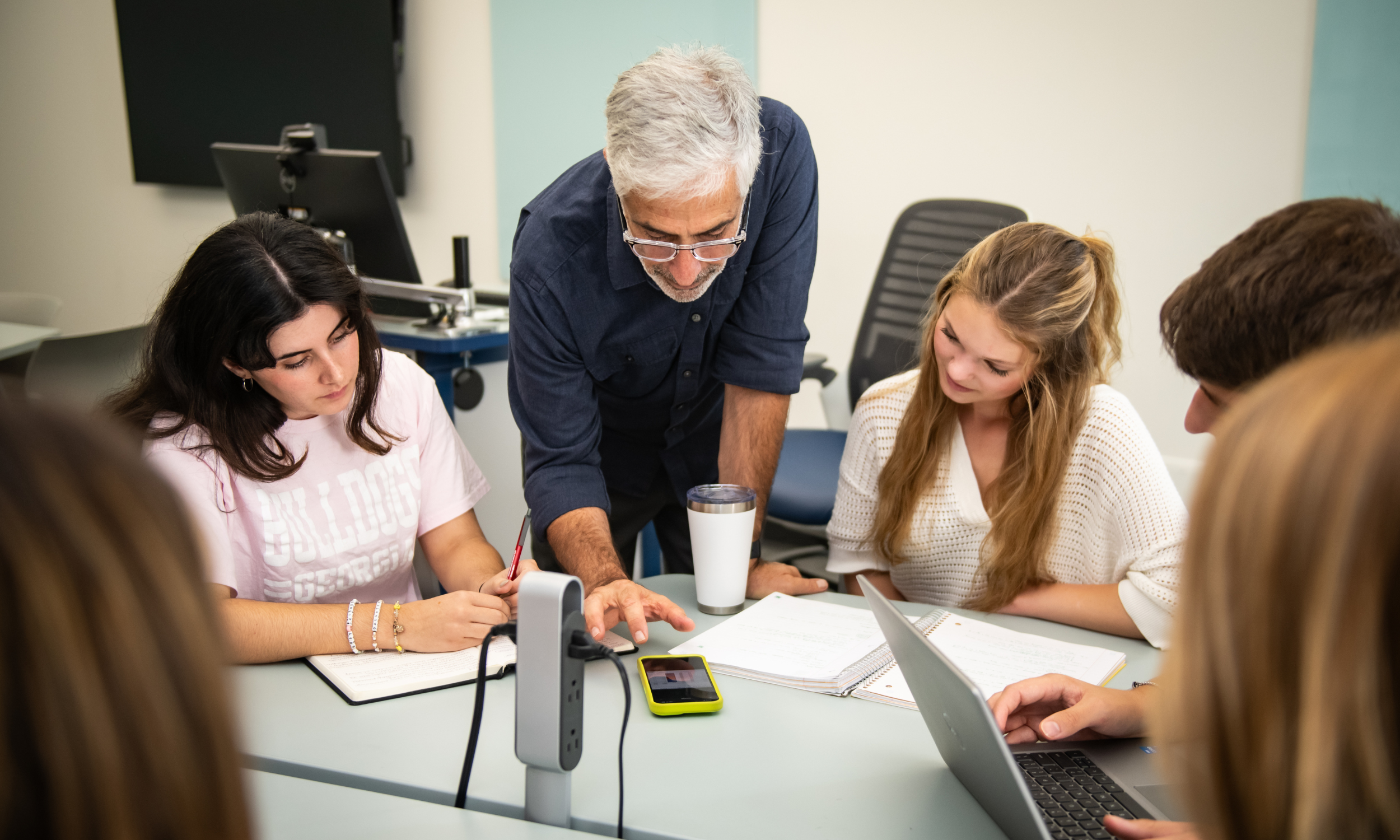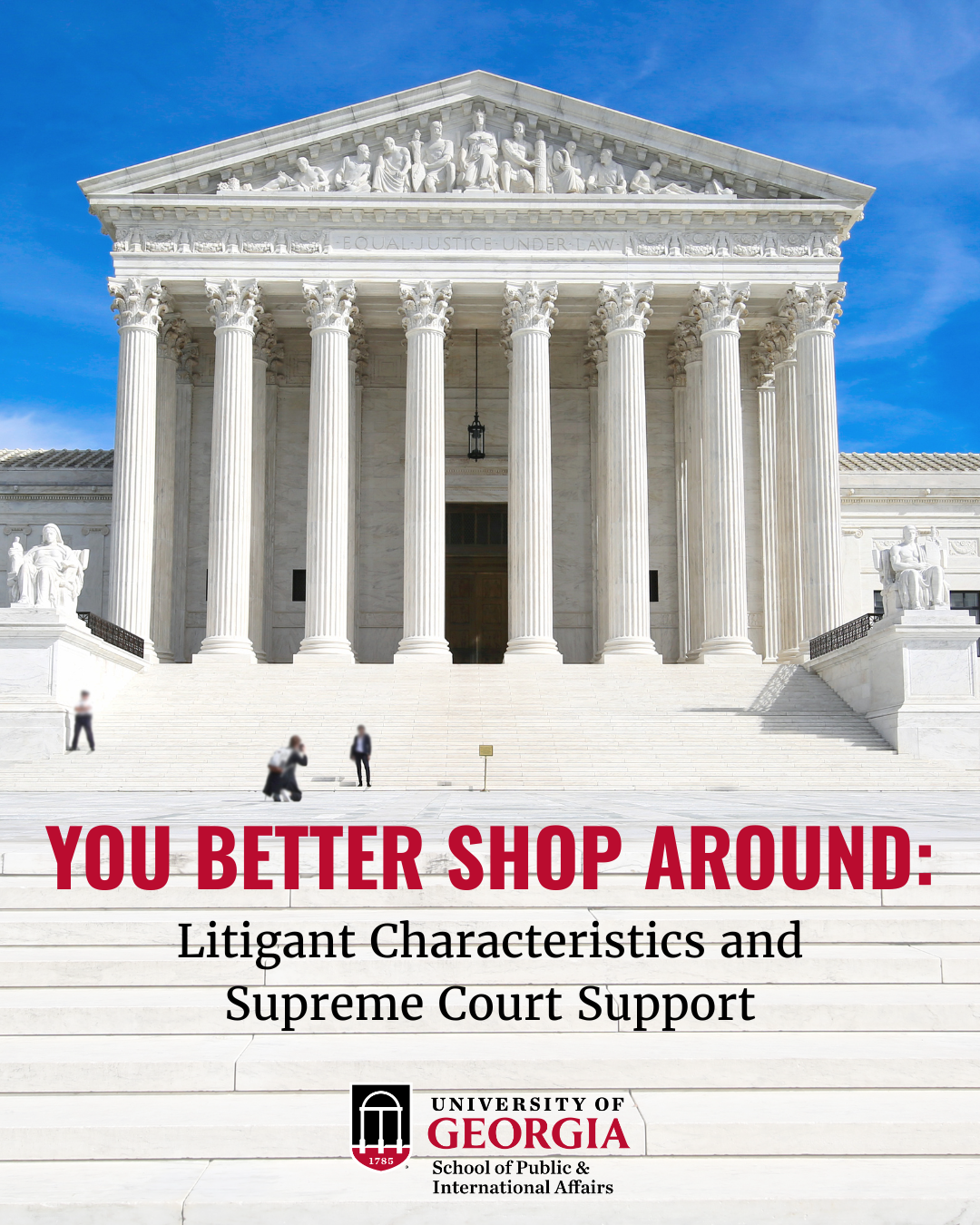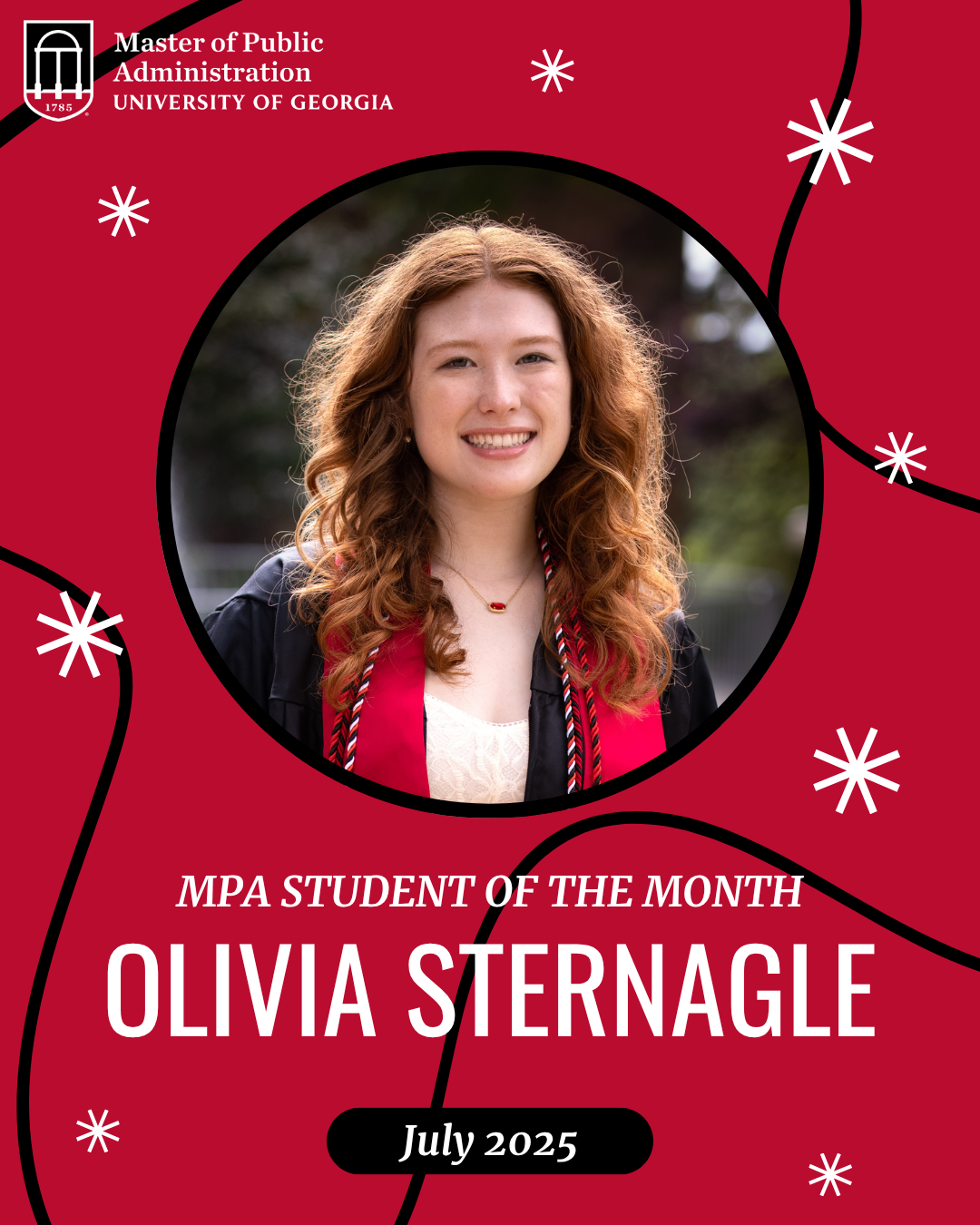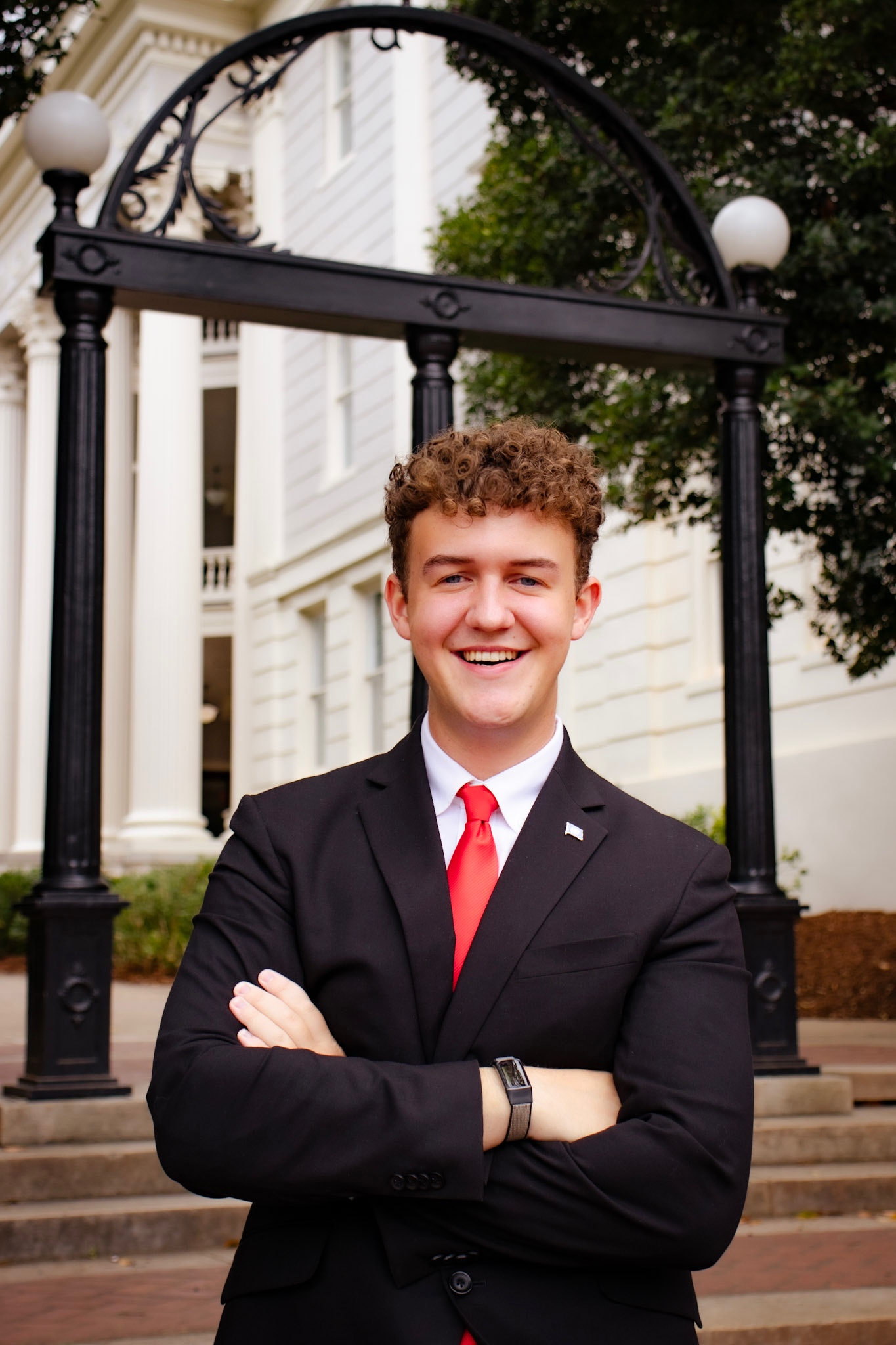
By: Rachael Andrews
Dr. Katherine Willoughby, the Margaret Hughes and Robert T. Golembiewski Professor of Public Administration in the School of Public and International Affairs (SPIA), explores the intergovernmental web of disaster response in a recent article for the National Academy for Public Administration. Her new co-authored report considers disaster response mechanisms at the state, local, and federal levels in the wake of the COVID-19 pandemic.
The challenges posed by a pandemic differ in various ways from the rigors of responding to a natural disaster. Tornadoes, for example, have a finite beginning and end, and the damage to property and communities is visible. “With a pandemic, there are more unknowns,” Dr. Willoughby observes. “There’s much more effort spent on predicting, and the effects aren’t as visible, especially when it comes to who has the disease,” Dr. Willoughby explains.
Dr. Willoughby expects to see repercussions from the COVID-19 pandemic extending far beyond the emergency declarations. Among other issues, many people may not return to jobs they had before the crisis began.
“This pandemic is also changing spending habits because people can’t go to work,” she notes. “Income is depleted. People may be able to pay short-term rent and utilities, because of the stimulus checks, but eventually that runs out.”
The United States federal government’s efforts to mitigate and prevent the spread of COVID-19 have been faulty, Dr. Willoughby observes. For instance, the Centers for Disease Control and Prevention (CDC) have issued advisory guidelines for individuals, schools, and businesses, but they do not have the power of law. Because of this, many state and local governments issued their own mandates that may conflict with one another, leading to confusion and inefficient mitigation of and response to the virus.
In fact, at the early stages of the pandemic in Georgia, many cities and counties enacted stricter mandates than those rolled out by the state government. People in different jurisdictions were instructed to abide by a variety of stay-at-home orders, and received differing definitions of who was considered an “essential” worker. This confusion made the pandemic response fractured across the state.
This inconsistent government response to COVID-19 is being compared to the response to Hurricane Katrina in 2005. “The worst thing you can do [in a situation like COVID-19] is put out misinformation,” Dr. Willoughby maintains. “[The best thing] is to calm the public and to reassure them that you have a plan.”
Every disaster – whether a tornado or a pandemic or other calamity – offers lessons for policy professionals, researchers and practitioners in the field. After the outbreak of SARS in 2003, Taiwan developed a pandemic response plan that proved useful in subsequent crises. “They were ready [for COVID-19] in a way that many countries were not, and as a result, had fewer deaths than they could have had,” Dr. Willoughby explains.
Governments and citizens can be better prepared for the next disaster or public health emergency by putting plans in place that may include legal requirements and guidance for business closures and service continuance, as well as incentives for certain behaviors.
Ultimately, though, preparing for another pandemic requires investing resources into research, facilities (especially hospitals and medical facilities for rural communities), and re-allocating resources (such as repurposing coastal ports for emergency response).
These kinds of plans require innovative thinking, Dr. Willoughby asserts; particularly, when it comes to examining the infrastructure already in place and how it can be harnessed for disaster preparedness, response, and recovery.
“Think about private delivery firms for transporting tests, local neighborhood grocery delivery programs, nonprofit organizations as advocates, and state and local governments as conduits for the federal government,” Dr. Willoughby advises. “The federal government, in this case, should respond first, as a centralizing and guiding force for the rest.” This is called for because the current natural biological disaster spreads across the entire nation, crossing all state and local government jurisdictions, and has no clear beginning and end.
Progress on the development of recovery plans make Willoughby hopeful – the bipartisan White House task force on reopening the economy, for example. Additionally, communities and businesses are learning new adaptive behaviors, and even UGA’s emphasis on enhancing distance and online learning for its students are welcome signs for recovery.
“I’m hopeful that we’ll continue to get stronger from this. We’re getting better predictive models, [and we’re getting better at] cooperating with businesses and nonprofits,” Dr. Willoughby concludes.
“Every day that goes by we’re learning something more. People can step up and help lead through this. We’ll get better.”
For more on Dr. Willoughby’s research into intergovernmental webs and cooperation during crises, please visit: https://www.napawash.org/standing-panel-blog/an-intergovernmental-web-and-effective-disaster-response-difficult-but-possible









